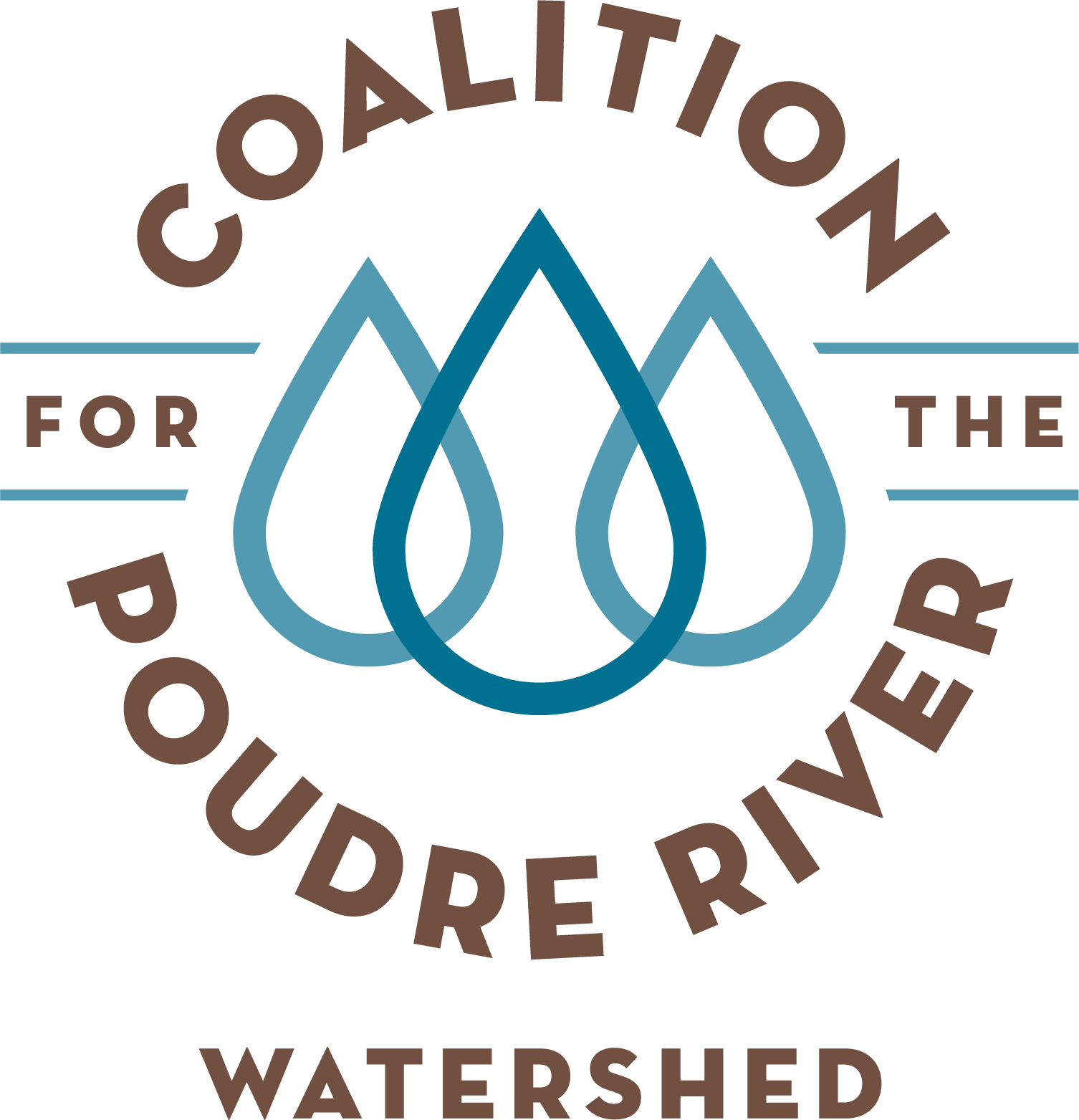North Fork Poudre River Site Conservation Team (SCT): Preble’s Meadow Jumping Mouse
About The Site Conservation Team (SCT)
Coalition for the Poudre River Watershed staff is part of a multidisciplinary team known as the North Fork Poudre River Site Conservation Team (SCT) that has been established to ensure the survival of the Preble’s meadow jumping mouse, Zapus hudsonius preblei, a threatened species listed under the Endangered Species Act, in the North Fork of the Cache la Poudre River watershed.
The SCT includes representation from local landowners, government agencies, and non-profit organizations. The Poudre SCT aims to work with the local community to achieve the best solutions for people and PMJM.
PMJM is only found along the Front Range of Colorado and Southern Wyoming in riparian areas below 7,600 feet. Fortunately, suitable habitat for PMJM exists in the Poudre Basin because of compatible land management.
To learn about the SCT, including how local landowners and community members can participate in PMJM conservation, see this information sheet. For inquiries, please contact Megan Maiolo-Heath at megan@poudrewatershed.org.
Financial opportunities are being developed to support potential future projects with private landowners and public land managers.
Learn more about Preble’s Meadow Jumping Mouse, see the US FWS web site. To see PMJM in action, check out this video.
How can private landowners & public land managers get involved?
Private landowners and public land managers can participate in a program to provide protection and/or restoration of Preble’s mouse habitat within the area of the Recovery Population.
Several options for participation are available as described below, in no particular order:
1) Habitat improvement projects
2) The existing Livermore Area Habitat Conservation Plan (HCP; which sets up agreements for how much new land use changes can occur without reinitiating consultation with the USFWS)
3) Memorandums of Understanding (MOU) on public lands
4) Wildlife Extension Agreements with the USFWS
5) Individual HCPs with the USFWS
6) Conservation easements


